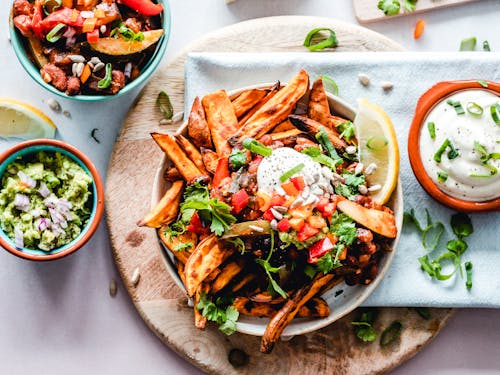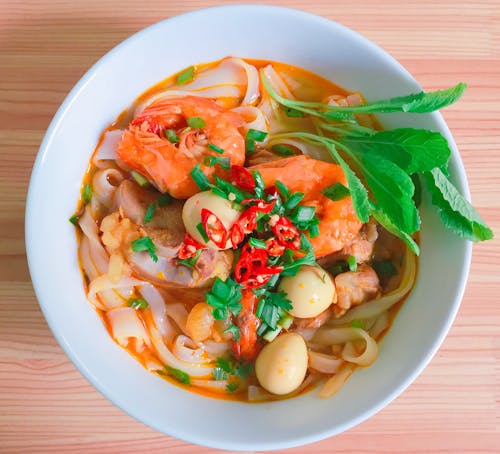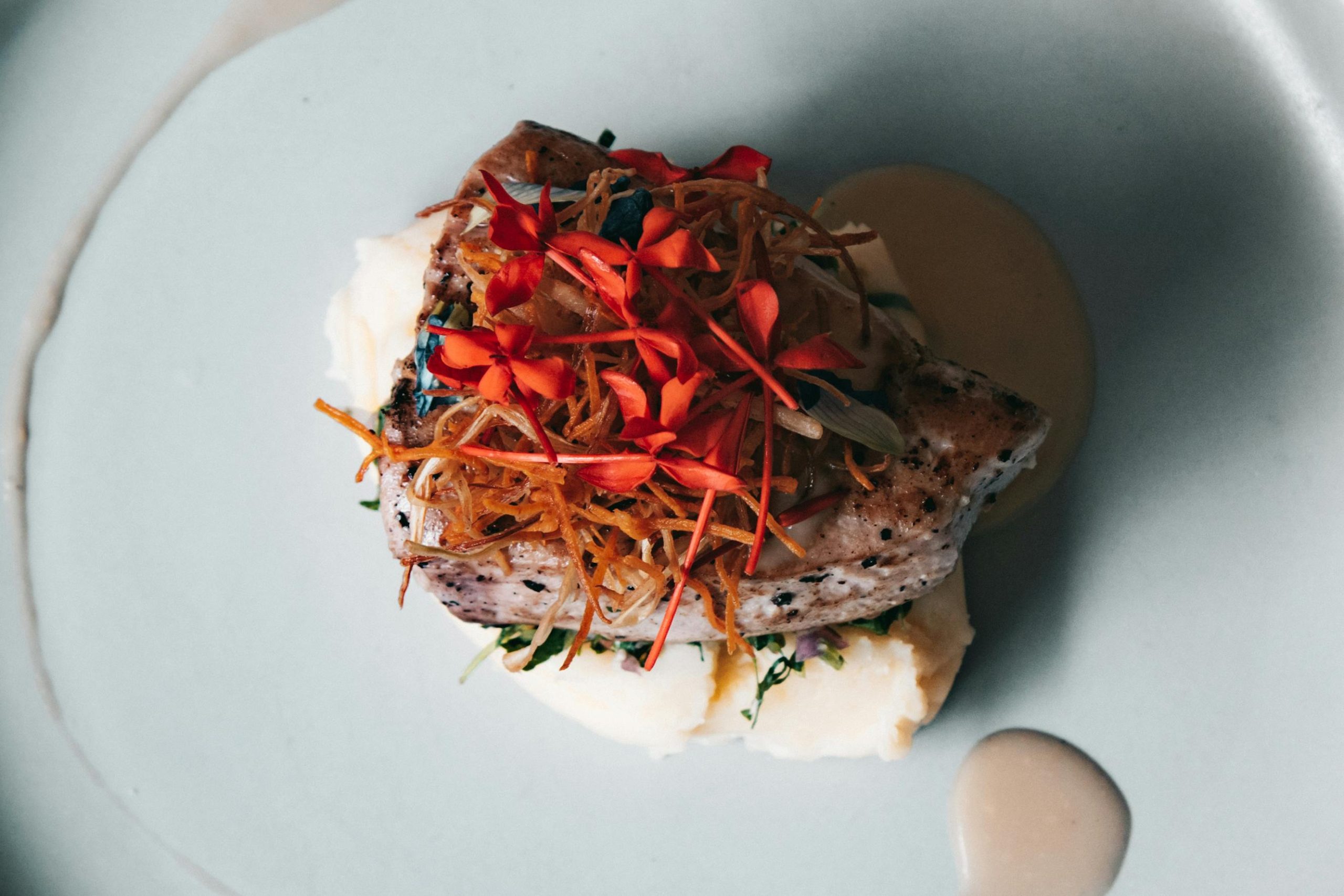Food is one of the most powerful ways to connect with a culture. In 2025, food tourism is more popular than ever, with travelers not just eating their way through cities but planning entire itineraries around culinary experiences. Whether it’s street food in Asia, rustic countryside meals in Europe, or fusion creativity in modern urban kitchens, the world offers countless opportunities for flavor-driven journeys.
This isn’t just about fine dining anymore—it’s about authenticity, local stories, traditions, and sometimes even a bit of surprise. Here are the places worth traveling to this year if your stomach leads the way.

Lima, Peru: Layers of History in Every Bite
Lima continues to rise as one of the strongest culinary cities in the world. Peruvian cuisine, rooted in indigenous traditions and influenced by Spanish, Japanese, and Chinese migration, delivers one of the most dynamic food scenes in South America.
In 2025, the capital city offers everything from high-end restaurants like Central and Maido to unpretentious cevicherías serving impossibly fresh fish. Street stalls selling anticuchos (grilled beef heart skewers) or tamales are as satisfying as any gourmet experience. Food tours through the city’s barrios introduce travelers to causa, lomo saltado, and the ever-popular pisco sour.
Osaka, Japan: Where Street Food Reigns Supreme
Osaka is known as “Japan’s kitchen” for a reason. While Tokyo often grabs international headlines, Osaka has quietly remained the soul of Japanese comfort food. In 2025, it’s drawing more attention from food travelers who want rich flavors without the formality.
Wander through Dotonbori and you’ll be surrounded by takoyaki (octopus balls), okonomiyaki (savory pancakes), and kushikatsu (deep-fried skewers). The Kansai region’s hearty, umami-forward dishes speak to the city’s working-class roots. Sushi and ramen still shine here, but with a more casual, vibrant energy than you’ll find in Kyoto or Tokyo.
Naples, Italy: The Birthplace of Pizza Never Disappoints
Food lovers always find themselves drawn to Italy, but in 2025, Naples is reclaiming the spotlight. This gritty, passionate city remains the home of Neapolitan pizza, and the artistry of dough, tomato, and mozzarella reaches near-religious heights here.
But Naples isn’t just about pizza. From spaghetti alle vongole (with clams) to sfogliatella pastries and espresso rituals, the city immerses you in one of Europe’s most iconic culinary traditions. Venture into local markets or seaside trattorias, and you’ll taste the city’s proud connection to its food.
Istanbul, Türkiye: Where Cultures Collide on the Plate
Bridging Europe and Asia, Istanbul’s culinary identity is shaped by centuries of cultural crossroads. In 2025, the city’s food scene feels especially alive, with both traditional Turkish flavors and a new wave of experimental chefs pushing boundaries.
Classic dishes like döner, kumpir (stuffed baked potatoes), and simit (sesame bagels) still dominate the street food scene. But more travelers are also visiting small meyhanes (taverns) for meze spreads and raki, or diving into neighborhoods like Kadıköy and Karaköy where contemporary food spots reimagine Anatolian heritage.
Bangkok, Thailand: Sweet, Spicy, and Always Surprising
Thailand’s capital remains one of the most exciting food cities on the planet. While Bangkok has long been known for its vibrant street food scene, in 2025 the city is also making room for elevated dining without losing its authenticity.
From a bowl of boat noodles at a floating market to refined tasting menus inspired by royal Thai cuisine, Bangkok offers an impressive range. The flavors here—sweet, sour, spicy, salty—often come together in perfect balance. Food courts, riverside night markets, and open-air kitchens keep the atmosphere lively, unpretentious, and full of aroma.
Tbilisi, Georgia: Wine, Cheese, and Unexpected Delights
Georgia is finally starting to get the global culinary attention it deserves. Tbilisi, its capital, is quickly becoming a magnet for food lovers seeking something different. Georgian cuisine blends Eastern European and West Asian influences, creating dishes that are bold, hearty, and deeply comforting.
Khachapuri (cheese bread), khinkali (soup dumplings), and rich stews like chashushuli are easy favorites. What surprises many visitors is the country’s ancient winemaking tradition—amber wines made in clay vessels (qvevri) served alongside earthy meals in candle-lit wine cellars. Tbilisi’s warm hospitality and slow, generous food culture make it an emotional experience as much as a culinary one.

New Orleans, USA: Flavor Meets Festivity
New Orleans continues to be one of the most distinct and spirited culinary cities in America. In 2025, the Crescent City is offering more than just its usual Creole and Cajun staples—it’s embracing international influences while doubling down on its local identity.
Gumbo, jambalaya, po’boys, and beignets still shine, but the city’s food scene has expanded with Vietnamese, African, and Caribbean flavors brought in by new generations of chefs. The food is rich, spiced, and steeped in history, and the energy of the city makes even a casual meal feel like a celebration.
Hanoi, Vietnam: Simplicity with Depth
Vietnamese cuisine is famous for its freshness and balance, and Hanoi stands out in 2025 for travelers seeking food with soul. The city’s narrow streets are home to hundreds of small stalls, family-run kitchens, and sidewalk vendors where meals are prepared quickly but with incredible care.
Phở is an obvious highlight, but so are bun cha (grilled pork with noodles), egg coffee, and freshly rolled spring rolls. Local beer halls offer relaxed communal dining, and travelers often find that the most memorable meals are the ones eaten on plastic stools in the open air, surrounded by scooters and steam.
Lyon, France: The French City for Serious Food Lovers
Paris may be the romantic face of French cuisine, but Lyon has long been the heart. Recognized for its bouchons—intimate, rustic restaurants serving regional specialties—Lyon is where food tradition is protected and elevated.
In 2025, the city still holds tight to its culinary legacy while allowing space for modern chefs to reinterpret old recipes. Dishes like quenelles, saucisson brioché, and tarte à la praline are enjoyed slowly, usually with local wine and good company. The rhythm of meals here is patient, and the respect for the craft runs deep.
Fez, Morocco: Flavor Through Spice and Story
Fez offers a deep immersion into North African flavors. Walking through its old medina is like entering a living cookbook—aromas of saffron, cinnamon, grilled meat, and mint tea follow you around every corner.
Tagines, couscous, harira soup, and b’stilla (savory-sweet pie) are cooked in homes and served in riads, often with pride and hospitality that reflect centuries of culinary heritage. The food here isn’t just about taste—it’s about family, culture, and storytelling. In 2025, more travelers are seeking out these slower, more intimate food experiences that tie meals to identity.
The Rise of Food-Centric Travel
In 2025, food is no longer a secondary part of travel—it’s the main reason for many trips. Travelers want more than a meal—they want meaning. Whether it’s a cooking class with a local grandmother, a farm visit, or a deep dive into fermentation traditions, the appetite for authenticity is bigger than ever.

Key trends shaping food travel this year:
- Hyper-local experiences: Travelers are skipping global chains and choosing slow food, foraging tours, or market-to-table meals.
- Sustainability: From food waste reduction to seasonal menus, eco-conscious dining is on the rise.
- Culinary storytelling: People want to know the origin of their food and the people behind it.
- Comfort and nostalgia: After years of uncertainty, comfort food and family-style meals have regained popularity in many cultures.
For those hungry to experience the world, 2025 offers endless plates to fill, and countless stories to taste. Whether you’re sipping broth in a Hanoi alley or breaking bread in a Lyon bouchon, the future of travel continues to pass through the kitchen.





